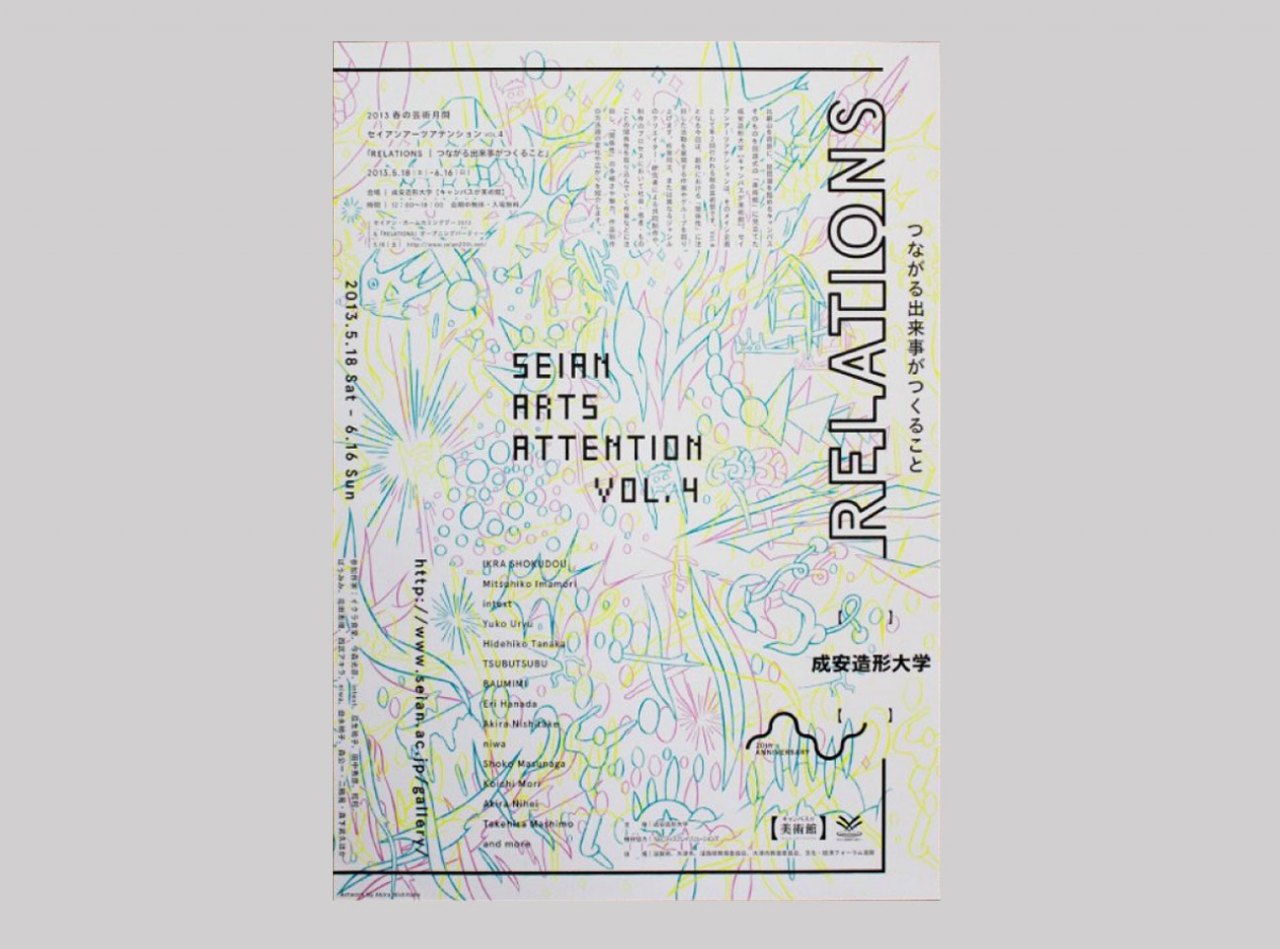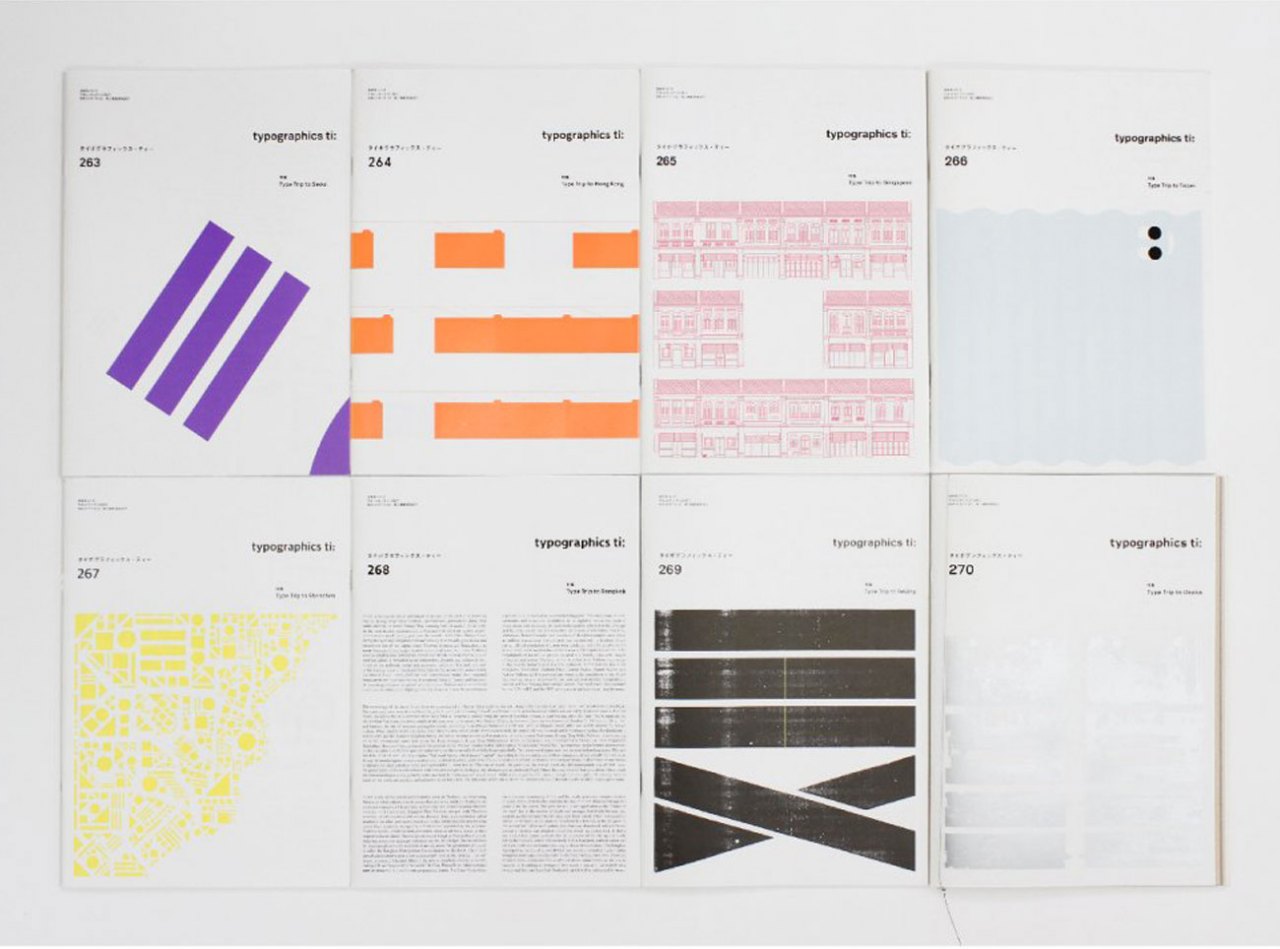Hybridity
Considering positive values in contemporary Japanese culture, I would point to the ability to accept ephemerality and the ability to handle the contradictions of hybridity. One could even look at ephemerality and hybridity as two interdependent phenomena.
[…] Design-wise, there are these two sides to Japan: On one hand, we have the white, clean, restrained, almost sacred approach, represented for example by the Japanese retail company Muji. On the other hand, we have this very messy, colorful, and expressive approach that you can observe in the streets or in Manga publications. For me there is no conflict, but a diversity in our culture—that, admittedly, some people don’t want to accept as authentic Japanese culture. Tetsuya Goto
There is something that I hope to achieve professionally: I want to be a bridge between people and societies. Even though Japanese culture imports a lot of resources, we still stay isolated. We’re not so good at connecting back to other cultures. This attitude has no future, and I want to help get past it by nurturing a culture of translation. […] And I’m not talking about mirroring or literal translation. I’m talking about a translation that takes serious cultural gaps into consideration. Tetsuya Goto













